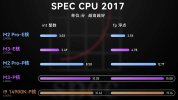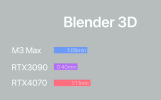If I'm not mistaken, the Snapdragon X Elite has higher performance core performance than the M3?
Single core performance is probably going to be quite close. Multiple core performance now looks like to be similar to M3 Max, according to the core counts.






